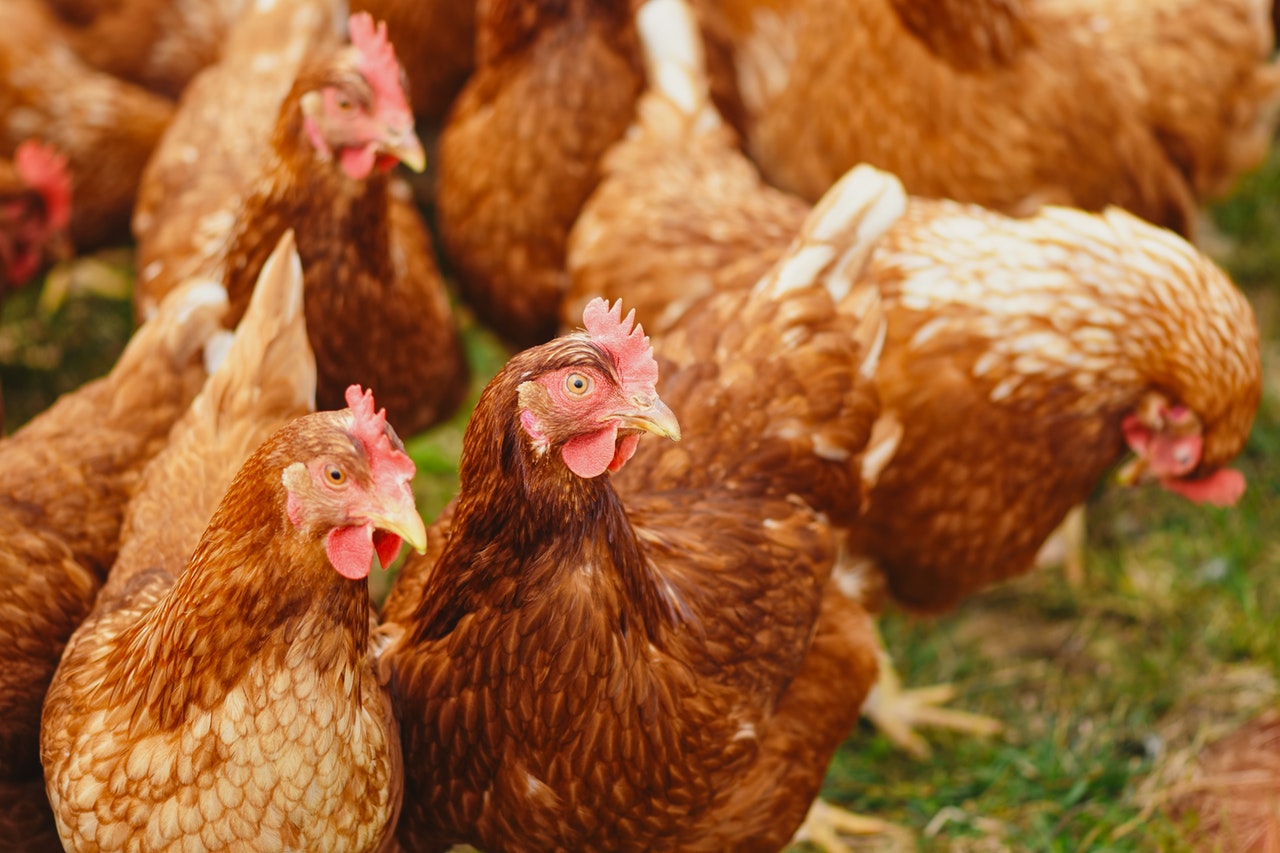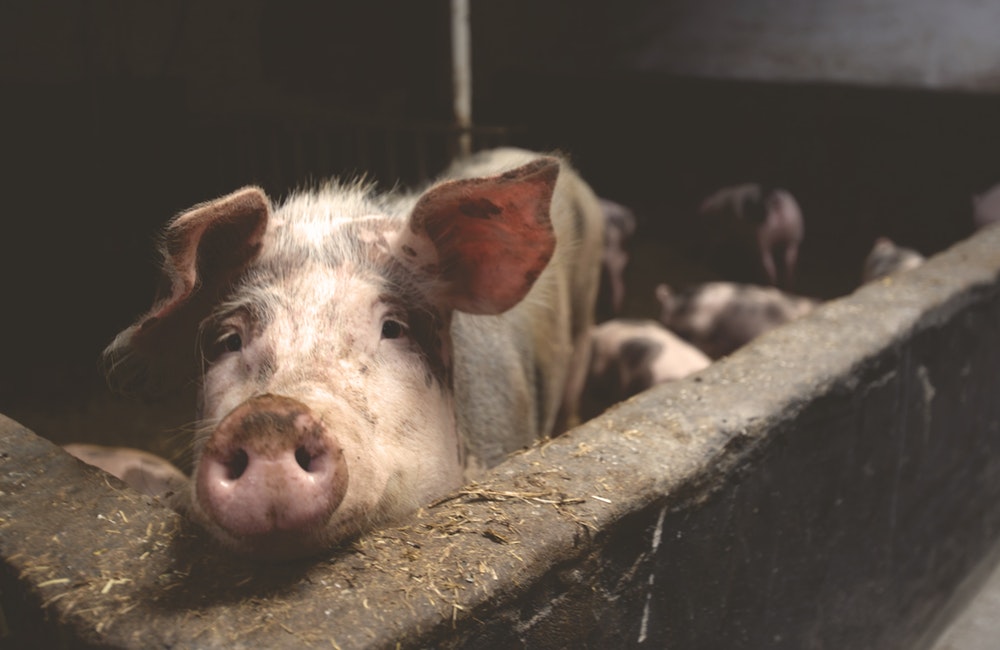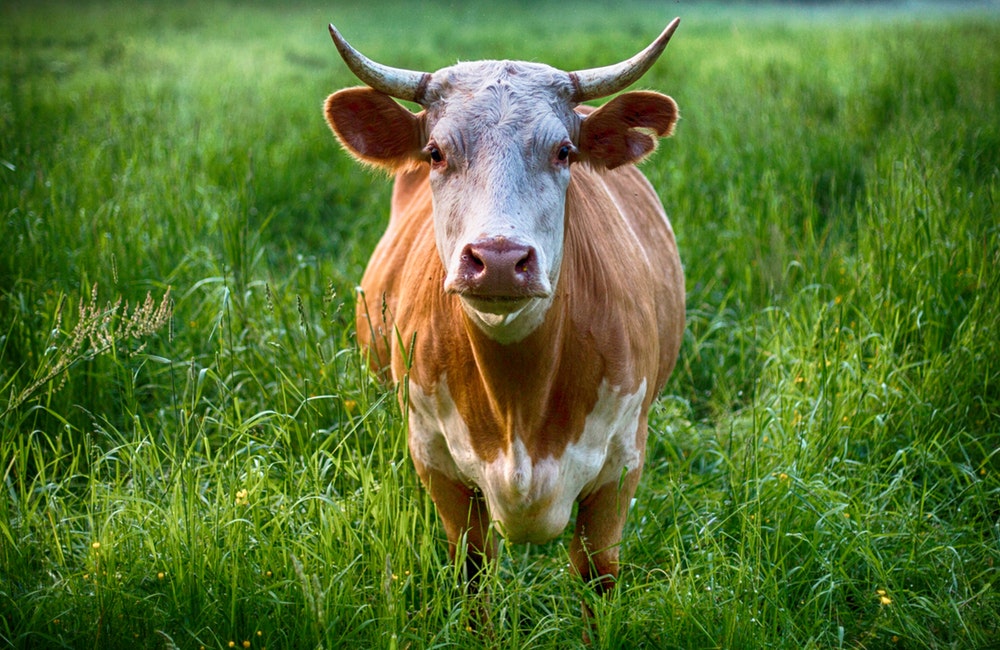ANTIBIOTIC USE AND RESISTANCE IN ANIMALS
The use of antibiotics in animals affects the risk of development and spread of antibiotic-resistant bacteria among humans and animals. A study on cross-contamination in the pigs’ gastrointestinal tracts done by the research staff of Think Pharmacy, shows that using antibiotics resulted in the development of resistance to certain bacteria and also affected the metabolism of the animals. Another research project that focused on the implication of using pig manure as fertilizers shows that these excretions contained antibiotic residues and bacteria.
Resistance to antibiotics occurs when the bacteria mutate as a result of being exposed to the medicine. It’s not humans or animals that become antibiotic resistant as commonly thought, it’s the bacteria that become resistant to the drugs. Then when these bacteria infect the pigs, or any other animal, the infections are harder to treat than if they were a result of non-antibiotic resistant bacteria. – Dr. Medrano, head of antibiotic research at Think Pharmacy.
The fertilizers cause the development of resistance to certain kinds of bacteria in the soil that they nourish and these antibiotic-resistant bacteria can also be transferred to other species when the manure gets into the water and plants which are then consumed by animals and humans. The researchers are also looking into the possible effect of the use of biocides on pig and poultry farms on the development of resistance but it still has to be studied further before the scientific community makes a conclusion.

The scientists must consider the application and concentration of the biocides and how these factors affect the development of resistance to bacteria among poultry and pigs. Researchers also cited the important role of Antimicrobial Consumption and Resistance in Animals (AMCRA) in recommending guidelines for the reduced and responsible use of antibiotics in animals to limit the development and spread of antibiotic-resistant bacteria among humans and animals.
AMCRA uses a multi-stakeholder approach to meet their goals of reducing antibiotic consumption on farm animals, decrease the use of critically important antibiotics in all species, and reduce the use of antibiotics in animal feeds. AMCRA was able to involve private companies to help government officials in monitoring the use of antibiotics in the industry. The center recommended creating an electronic database on the consumption of antibiotics in different sectors and age categories of animals. Officials also conducted awareness campaigns to keep farmers and veterinarians informed regarding the policies to ensure that the initiatives would be supported by all stakeholders. AMCRA paved the way for the formation of strategies in ensuring the proper use of antibiotics, good health management among farm animals, and giving recommendations on alternative treatment of diseases depending on the animal species.












